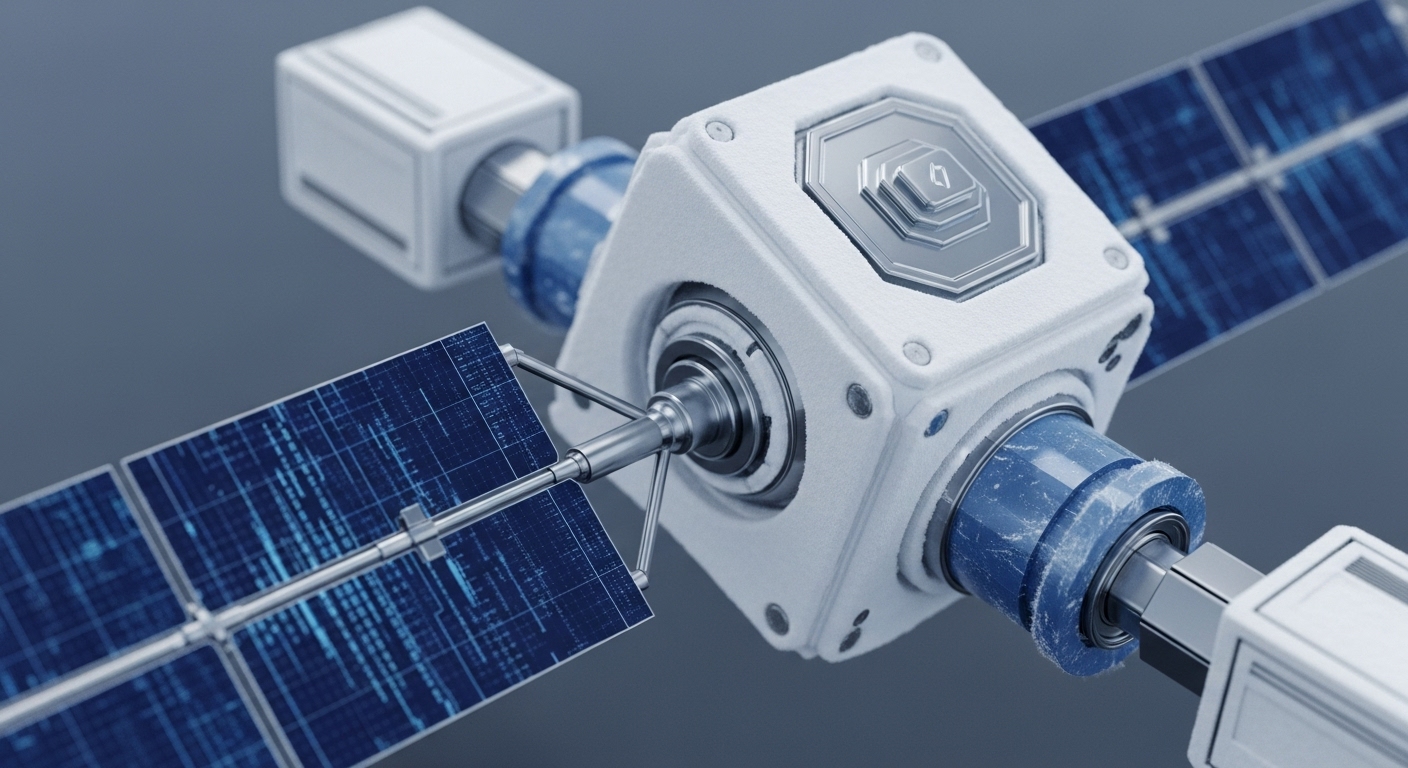
Briefing
This paper addresses the escalating energy consumption and environmental footprint inherent in traditional Proof of Work (PoW) blockchains, alongside the critical need for robust quantum-safe security in a post-quantum era. It proposes a novel blockchain architecture incorporating a consensus mechanism termed Proof of Quantum Work (PoQW), a quantum-enhanced alternative that leverages quantum supremacy to make mining intractable for classical computers. This foundational breakthrough fundamentally redefines the computational landscape of blockchain consensus, promising significantly reduced energy consumption and a resilient, quantum-secure layer for future decentralized systems.

Context
Before this research, established blockchain consensus mechanisms, primarily Proof of Work (PoW), faced increasing scrutiny due to their immense energy demands and susceptibility to potential attacks from sufficiently powerful quantum computers. The prevailing theoretical limitation centered on achieving robust security and decentralization without incurring unsustainable energy costs or remaining vulnerable to future quantum adversaries. This created a significant academic and practical challenge for the long-term viability and security of foundational blockchain architectures.

Analysis
The paper’s core mechanism, Proof of Quantum Work (PoQW), fundamentally differs from previous approaches by requiring a quantum computer for the mining process. This new primitive replaces classically solvable hashing problems with quantum computation tasks, specifically leveraging the principle of quantum supremacy, where quantum machines can perform computations intractable for classical supercomputers. The architecture refines the blockchain framework to integrate the probabilistic nature of quantum mechanics, ensuring stability despite inherent sampling errors and hardware inaccuracies. Conceptually, this shifts the computational burden from brute-force classical guessing to complex quantum problem-solving, creating a consensus mechanism that is inherently quantum-safe and significantly more energy-efficient than its classical predecessors.

Parameters
- Core Concept ∞ Proof of Quantum Work (PoQW)
- New System/Protocol ∞ Quantum-enhanced Blockchain Architecture
- Key Authors ∞ Mohammad H. Amin, Jack Raymond, Daniel Kinn, Firas Hamze, Kelsey Hamer, Joel Pasvolsky, William Bernoudy, Andrew D. King, Samuel Kortas
- Validation Platform ∞ D-Wave™ quantum annealing processors
- Primary Goal ∞ Quantum-safe security and reduced energy consumption

Outlook
This research opens new avenues for quantum-resistant blockchain development and sustainable decentralized systems. The immediate next steps involve further theoretical analysis of PoQW’s security guarantees against evolving quantum algorithms and practical optimizations for broader quantum hardware compatibility. In 3-5 years, this theory could unlock real-world applications such as truly quantum-secure financial systems, supply chains, and digital identity platforms, fundamentally reshaping the foundational infrastructure of Web3. It also spurs further research into hybrid quantum-classical consensus models and the economic implications of quantum-resource-dependent mining.
